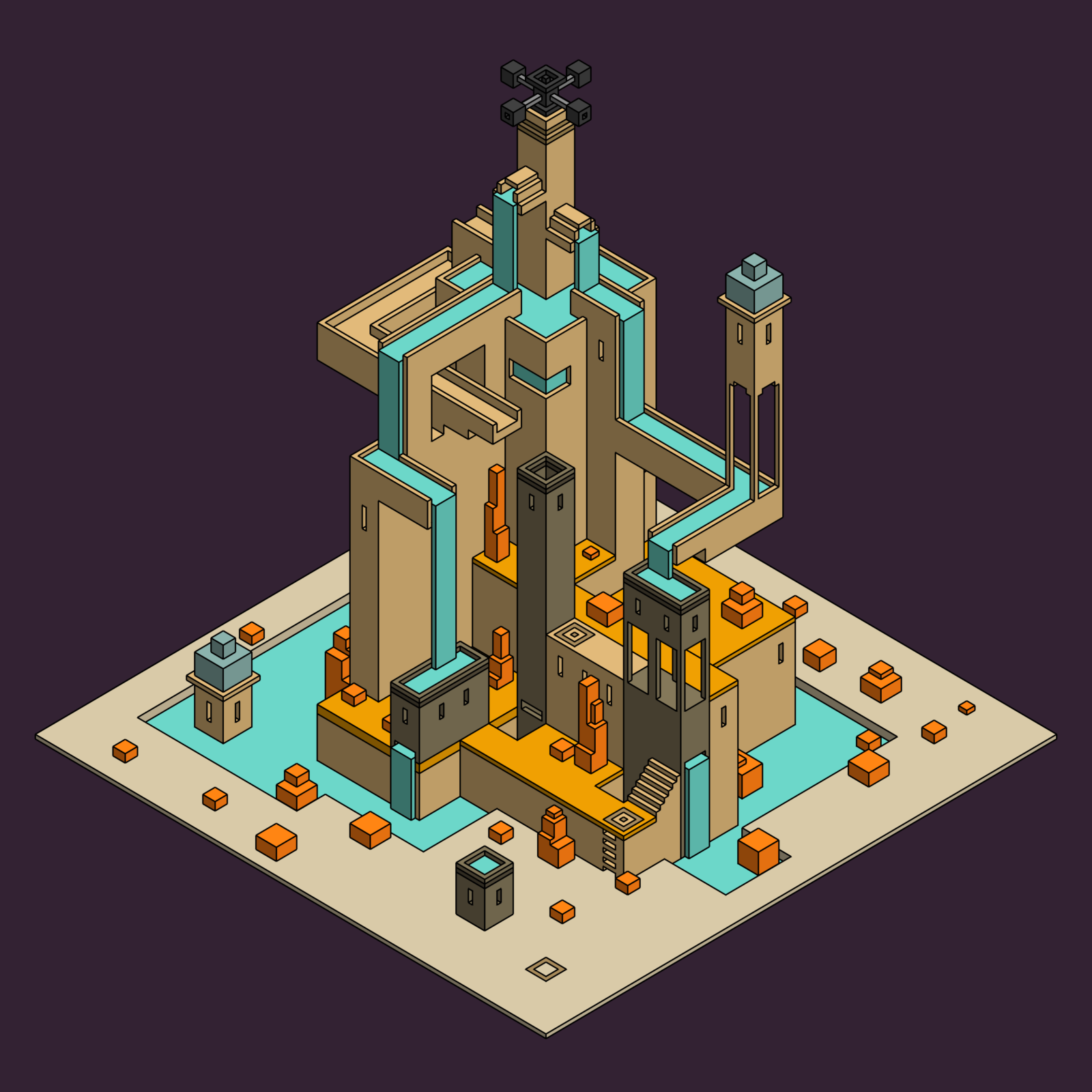

MagicaVoxel is an incredible software, usable to use, perfect to create 3D pixel art scenes, manage textures and materials, with the possibility to export obj files, or directly use the internal rendering engine which is not bad at all. If you love retro-style work, for those who are already familiar with the appearance of 8-bit pixels, it’s time to take the step forward, using Pixel Art in 3D with voxel.
#Magicavoxel models software
Maybe that offsets the higher polygon count performance hit? Anyway, I'm taking a break from Blender.For all Pixel Art fans, you can download free of MagicaVoxel 3D software specialized in the creation of Pixel Art 3D. Everything can use the same texture file. The neat thing about the native MagicaVoxel OBJ exports is that the texture map is a simple 1px tall by 256px wide palette PNG file (every colour is a single square pixel) that all meshes can share.
#Magicavoxel models how to
Maybe a script exists to do this? Maybe I should learn how to write my own? In the meantime, I can still proceed with the higher polygon counts in the OBJ exports from MagicaVoxel. I'm going to let this question sit for now in the hope that there's an easier solution. I may have to do this for a thousand or more models, and every time a model is edited. I'm kind of leaning away from doing it manually in Blender, to be honest. Then (as you can see in the sword handle) I need to setup up a pixel perfect UV and texture map, prior to baking. I was able to get a texture map to bake by diffusing colour with some success (some faces got the wrong colour, see the yellow near the bottom of the blade), but I couldn't quite figure out how to do it with vertex colour emissions to see if the result would be better. Update: I believe Blender can do what I need, but it's going to require a lot more research to get it right. Maybe there's a solution within MagicaVoxel that I'm not aware of? I just wanted to avoid any confusion with what MagicaVoxel can do on it's own. Thus, without the desired material information. Mesh C was also exported from MagicaVoxel, but with the colour information removed. Mesh B is the result (I imagine this removes the need for any anisotropic filtering). )Įdit For clarification: MagicaVoxel exports an OBJ file with accurate texture mapping, but isolates different colours of voxels to their own polygons, creating more polygons than are required.

This is just one asset in a medieval adventure game and I'd like to have a very cluttered world. Mesh B has 216 polygons, while mesh C uses 140. Is there an existing tool to achieve this? I really like how MagicaVoxel works and I'm not interested in using Blender to model or manually texture the mesh, but maybe there's a plugin for Blender? I'm open to suggestions.Īs a side note, it's possible that I could just use the OBJ file as is, but I wonder about performance.

Ideally, I'd like to have a model that is the lowest polygon count possible ( C) with an accurate texture map to mimic the voxel colours. I found that using MagicaVoxel's OBJ export yields interesting results in that voxels of the same colour share polygons ( B), but when many different coloured voxels are next to each other, it still creates a high polygon count. I imported the model into Blender, but then realized that it's using a very high polygon count for such a simple model. I've created a model in MagicaVoxel ( A) and I want to use it in Godot.


 0 kommentar(er)
0 kommentar(er)
